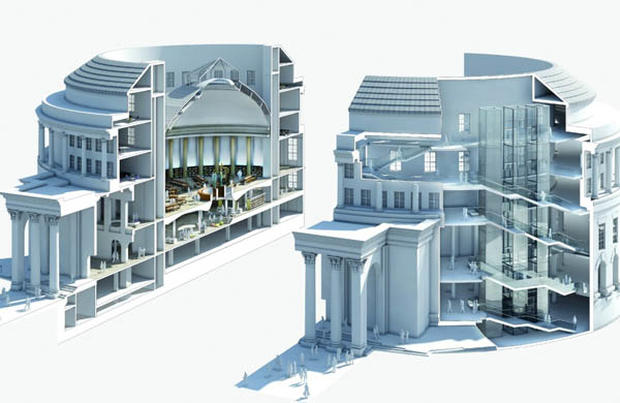
Advances in technology have been significantly impacting industries of all types over the last decade or so, and not only making projects often cheaper, but also regularly changing how processes are completed, how long tasks take, the variety of products and services on offer, and much more.
When it comes to how new homes are built or renovations made these days whether by homeowners themselves or businesses, changes are afoot, too. Today, everyone from construction companies and builders through to engineers, architects, tradespeople, and other contractors are getting access to new, more technologically advanced equipment and machinery, as well as developments in apps, software, and other tools.

Upgrade Your Home with IoT and Nest
In turn, this affects the results consumers can expect, the prices they may pay, the timeframes involved, and much more. Read on for some of the ways technology is impacting the building industry at the moment that you should be aware of if you’re interesting in building or renovating a home in the future.
3-D Modeling and Printing, Virtual Reality Design, and Material Processing
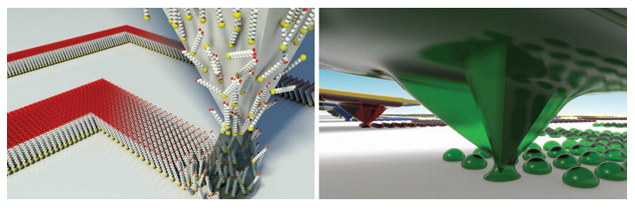
What Cool Stuff Can You Make Using 3D Printing?
Before a shovel is picked up or any materials purchased these days, architects, designers, and builders usually spend significant time planning projects out in detail. With advances in technology, much of this work is now done via computer modeling.

The Vital Role Of Mobility In The Construction Industry
In particular, 3-D models are popular, as they help people to visualize the entire project more comprehensively, and to solve problems, come up with innovative ideas, and even cut costs upfront by getting a sense for how the building will work and feel for the people using it.
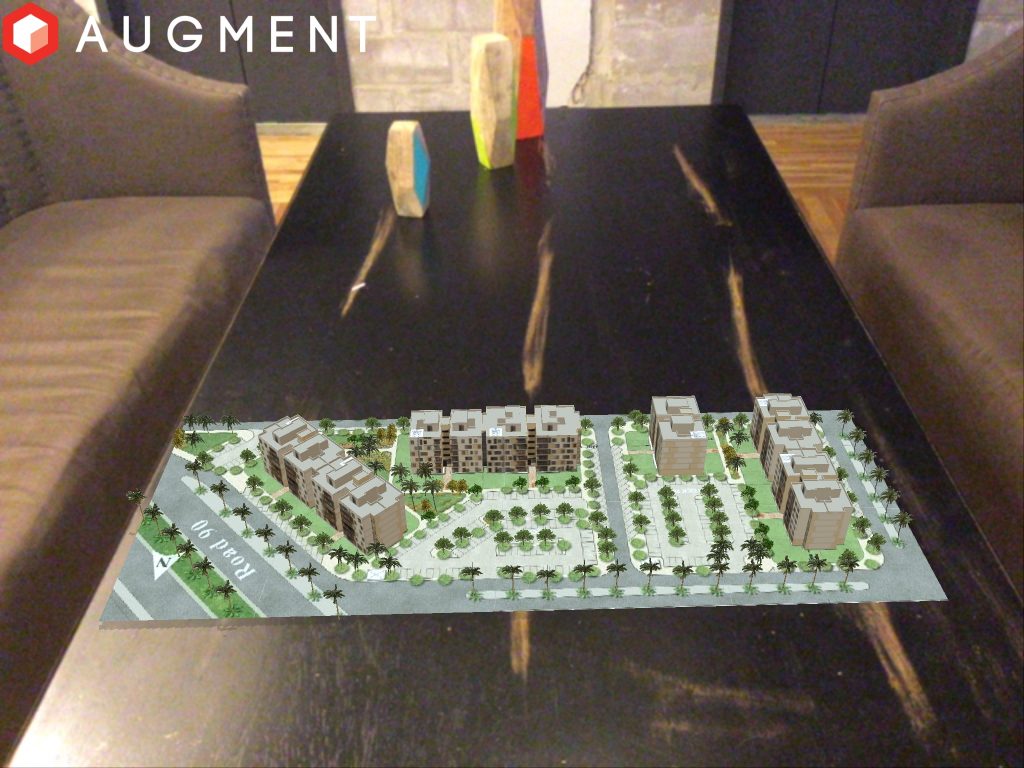
Picture This: Virtual Reality 360 3D Benefits For Small Businesses
For customers, rather than having to wait to see a final product or building, they can instead actually familiarize themselves with the structure, and decide what they do and don’t like at the early stage of the project. This means changes can be made before construction starts, which saves a huge amount of time and money (not to mention stress) along the way.

Mind Blowing Tech Advances To Knock Your Socks Off
Virtual reality design is now also taking 3-D modeling a step further. It allows people to inhabit and immerse themselves in the model, rather than simply view it on a 2-D screen. By converting 3-D plans into a virtual-reality experience, technology is giving people ways to identify problems earlier on, and to increase safety and efficiency on jobs. All of this again leads to time and money savings for consumers.
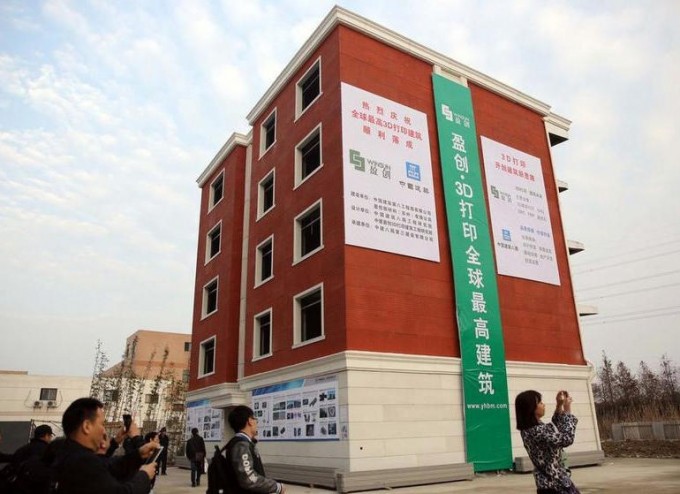
4 Ways 3D Printing Will Change Our Lives
3-D printing, or additive manufacturing, is transforming how buildings are created. Now, more and more, complex structures can be built at high speed because of 3-D printing innovations, since materials and parts can be designed and created quickly, and innovative ideas tested at a much lower cost.
Advances in the computing industry are also making a difference when it comes to material processing tools. For example, laser technology is improving all the time, and can be used for the modification and transformation of a wide variety of materials into parts and products, including scalable, flexible, modular components. This allows easier and cheaper customization, and better usage of a broader range of materials at an affordable price.
Internet of Things
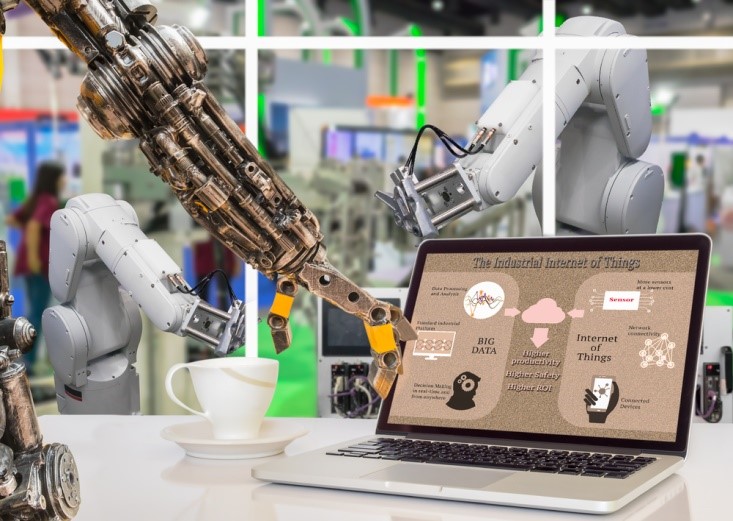
IoT and M2M: They Aren’t the Same
As we see every day, the smart-home sector is booming as the Internet of Things (IoT) produces increasing numbers of products which are designed to talk to each other and complete tasks via the internet using just a touch of a button on a smartphone or tablet.

The Benefits of Mobile Technology to the Construction Industry
Now, this communication between internet-enabled machines is also stemming to property construction. As a result, consumers soon won’t just have a house full of connected devices, but will also have their homes built using such machines. The Internet of Things is leading to more construction equipment being designed to communicate between each other, as well as provide updates and diagnostics on machinery’s temperature, fluids, motion sensors, and more.
While the most sophisticated IoT-enabled equipment still has a high initial cost, as these types of products become more common, prices will lower and more firms will be able to make use of the technology. The benefit of these advances is that machines can be more easily maintained, potential problems can be picked up more quickly, and there will be much less downtime as a result. This, in turn, means that eventually construction companies will be able to get through more projects each year, and for a cheaper price, which they can pass on to the consumer.
Smart and Energy-Saving Buildings

How Technology is changing Home Improvement Industry?
Another way technology is starting to impact how buildings are designed and created is through the use of smart functions and energy-saving devices. For example, smart buildings can today use microchips, sensors, and other devices to collect data and then analyze and manage it to automatically control building operations like heating, air conditioning, lighting, ventilation, security, and other systems.
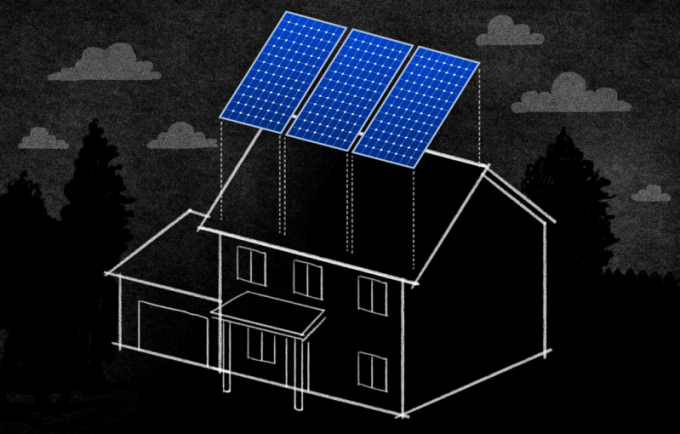
How Home Automation and the IoT Are Driving Energy Savings
In addition, improvements in design means that more buildings can be created using energy-efficient materials and processes. As all of this technology advances and lowers in cost, more and more consumers will be able to reduce their use of energy, minimize their environmental impact automatically, and optimize their use of space.




